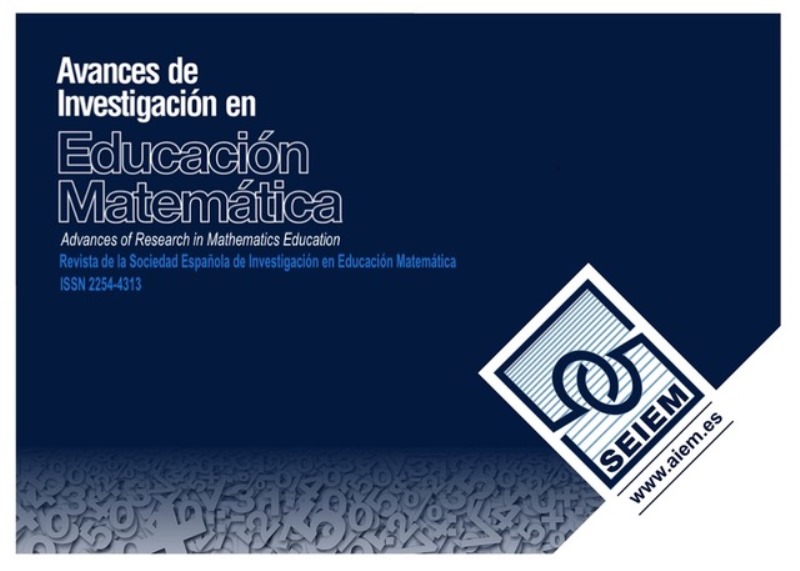Research methods in the plenary presentations and research reports at the SEIEM symposia
DOI:
https://doi.org/10.35763/aiem.v1i2.19Keywords:
Research methods, quantitative and qualitativeanalysis, SEIEM proceedings, methodological reflectionAbstract
In this paper we analyze the research methods found in the plenary presentations and research reportsat the SEIEM symposia, since its constitution in 1997 until 2010. We study the time distribution, preferred research method, problematic area, educational level and main methodological features. We also compared with other reports that analyze the research methods used in mathematics education. In addition, we describe the features of works that apply quantitative, qualitative and mixed methods and provide a guide for methodological reflection, together with some recommendations to increase the methodological rigor in mathematics education research.
Downloads
Downloads
Published
How to Cite
Issue
Section
License
The articles published in this journal are under a license Creative Commons: By 4.0 España from number 21 (2022).
Authors who publish with this journal agree to the following terms:
- Authors retain copyright and keep the acknowledgement of authorship.
- The texts published in this journal are – unless indicated otherwise – covered by the Creative Commons Attribution 4.0 international licence. You may copy, distribute, transmit and adapt the work, provided you attribute it (authorship, journal name, publisher) in the manner specified by the author(s) or licensor(s). The full text of the licence can be consulted here: http://creativecommons.org/licenses/by-nc/4.0.
- Authors are able to enter into separate, additional contractual arrangements for the non-exclusive distribution of the journal's published version of the work (e.g., post it to an institutional repository or publish it in a book), with an acknowledgement of its initial publication in this journal.
- Authors are permitted and encouraged to post their work online (e.g., in institutional repositories or on their website) prior to and during the submission process, as it can lead to productive exchanges, as well as earlier and greater citation of published work (See The Effect of Open Access).









